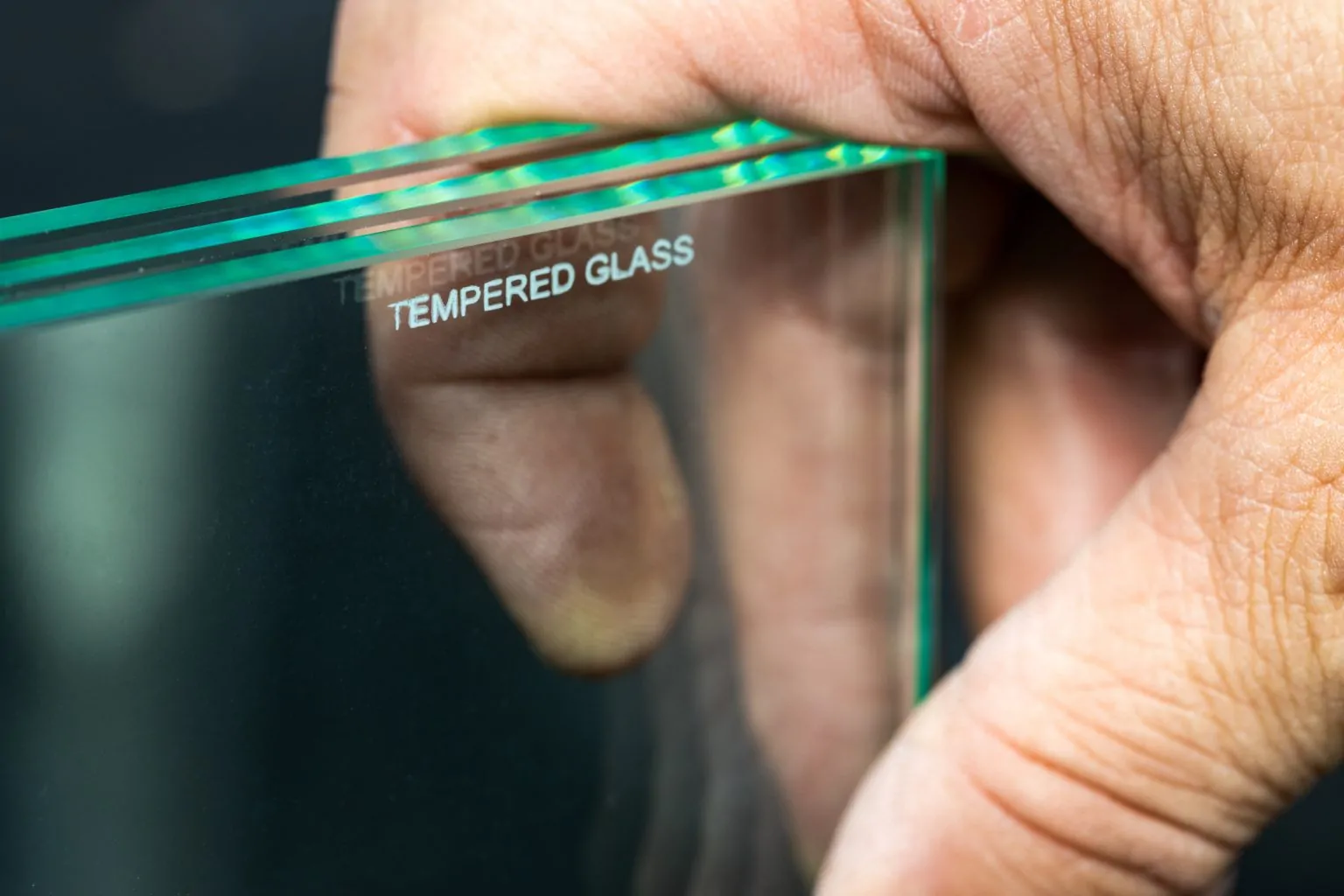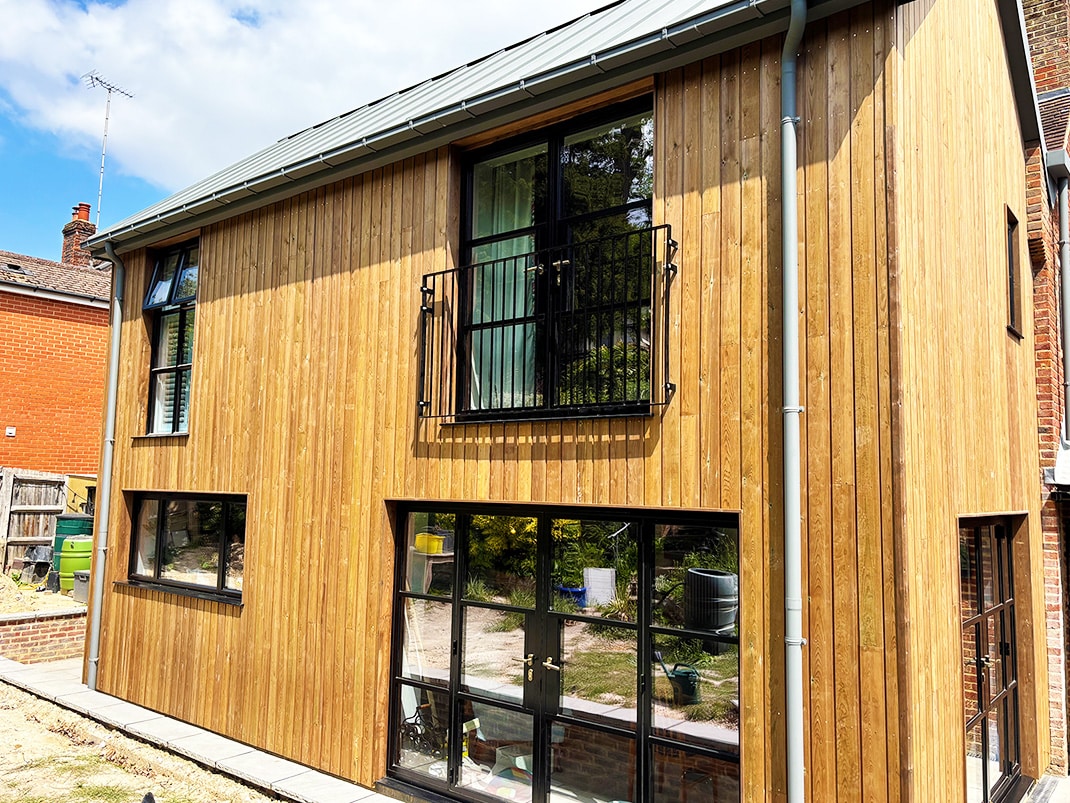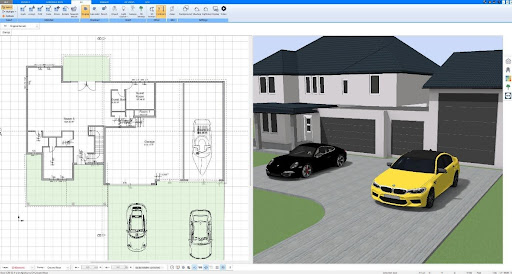Double vertical radiators and traditional radiators are both popular heating options in the UK, but they offer different benefits and drawbacks. The best choice for you depends on your personal needs and the setup of your home.
This guide will compare the two types of radiators to help you decide which type of radiator to pick. Read on to learn how.
Table of Contents
What Are Double Vertical Radiators?
Double vertical radiators, also known as double panel radiators, have become increasingly popular in recent years. These radiators are taller and thinner than traditional radiators, and they have two panels instead of one. This design allows them to take up less wall space while still providing the same amount of heat.
Additionally, double vertical radiators often have a sleek and modern appearance, which can be a plus for homeowners looking to update the look of their home.
How Do They Work?
Because they have two panels, vertical double radiators have a larger surface area for heat to dissipate. This means that they can heat a room more quickly and efficiently. Additionally, double vertical radiators often have smaller water content than traditional radiators, which can further increase their energy efficiency.
Drawbacks of Double Vertical Radiators
Double vertical radiators do have some drawbacks. For one, they can be more expensive than traditional radiators. Additionally, they are not always as good at heating large rooms or spaces with high ceilings. This is because the heat is concentrated at the top of the radiator, which can make it difficult for the heat to reach the floor or lower levels of the room.
How Do Traditional Radiators Compare?
Traditional radiators are a more classic option that have been used in homes for decades. They are typically wider and shorter than double vertical radiators, and they have one panel. Traditional radiators are often more affordable than double vertical radiators, and they can be more effective at heating large rooms or spaces with high ceilings.
Drawbacks of Traditional Radiators
Traditional radiators do have some drawbacks as well. For one, they can take up more wall space than double vertical radiators. Additionally, they are not as energy efficient as double vertical radiators, which can lead to higher heating costs over time. They look less modern than double vertical radiators and they may clash with your home’s decor.
So Which Type of Radiator Is Right for You?
The answer depends on your specific needs and preferences. If you are looking for a more energy-efficient option that takes up less wall space, a double vertical radiator may be the way to go. However, if you are looking for a more affordable option that is better at heating large rooms or spaces with high ceilings, a traditional radiator may be a better choice.
Choose Your Next Radiator Today
Both double vertical radiators and traditional radiators are great heating options for UK homes. Double vertical radiators are more energy efficient and take up less wall space, but they can be more expensive and not as good at heating large rooms. Traditional radiators are more affordable and better at heating large rooms, but they are not as energy efficient and take up more wall space.
Ultimately, the decision comes down to your personal preferences and specific heating needs.





